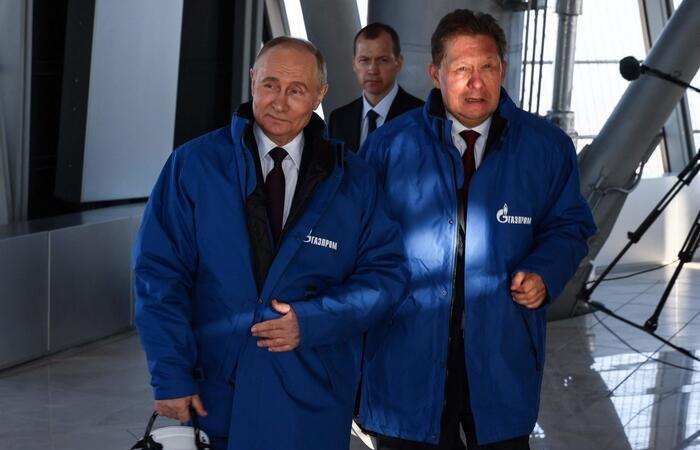The European Commission will prepare a roadmap on behalf of member countries to permanently destroy Russian gas supplies. Preparatory work continues in Brussels to create a high-level political group promoted by Germany and the Czech Republic to accelerate the end of energy dependence on Moscow.
On the sidelines of the work of the Committee of Permanent Representatives to the EU (Coreper), an informal working lunch was held between the ambassadors of the EU countries and the Commission to discuss promoted by Germany and the Czech Republic in the last meeting of Energy Council at the end of May. From what we understand, the EU ambassadors have agreed on the common objective, but the exact structure and methods will need to be discussed further. Member States have indicated that the creation of such a group should be political rather than institutional and the Director General of DG Energy, Juul-Jorgensen companieson behalf of the European Commission, would have accepted the task of developing a roadmap to achieve the common goal.
They still arrive on the continent approximately 14 billion cubic meters of Russian gas through Ukraine, which after the sabotage of the Russian gas pipeline Nord Stream it remains the only transit route for Russian gas to Europe by land. At the end of the year the trilateral contract that links Brussels to Moscow through Kiev will expire and therefore the two delegations have promoted the group to anticipate the times and study what actions to take to definitively eliminate energy dependence on the Kremlin.
Italy is among the countries together with Slovakia, Austria and, to a lesser extent, Hungary which still receives gas via the Ukrainian route and will have to definitively find an alternative to Russian gas by the end of the year. According to Brussels estimates, Vienna is the capital that has imported the most gas (about 5 billion cubic meters) through Ukraine between 2022 and 2023. In the same period, volumes for Italy were between 3 and 4 billion cubic meters, which however represented less than 5% of total imports.
While Slovakia matters approx a third of supplies from Russia (about 2 billion cubic meters)volumes through Kiev are small for Hungary which imports the majority of Russian gas with the TurkStream pipeline. With the maxi energy plan ‘REPowerEu’, the EU has committed to freeing itself from Russian fossil fuels by 2027 at the latest: Russian gas imports have declined since 45% of the 2021 total to 24% in 2022, reaching 15% last year. At the moment the Commission does not fear repercussions on the market due to the expiry of the trilateral contract, but is in “close” dialogue with the countries concerned to help them find alternatives in the next seven months. The topic should be on the table of the Energy Ministers who will meet in Brussels on May 30th, to better coordinate in view of next winter in which gas storage will also be essential for safety. In Italy gas reserves are filled to 71% of capacity, a figure that exceeds the European Union average in percentage terms.
Reproduction reserved © Copyright ANSA




